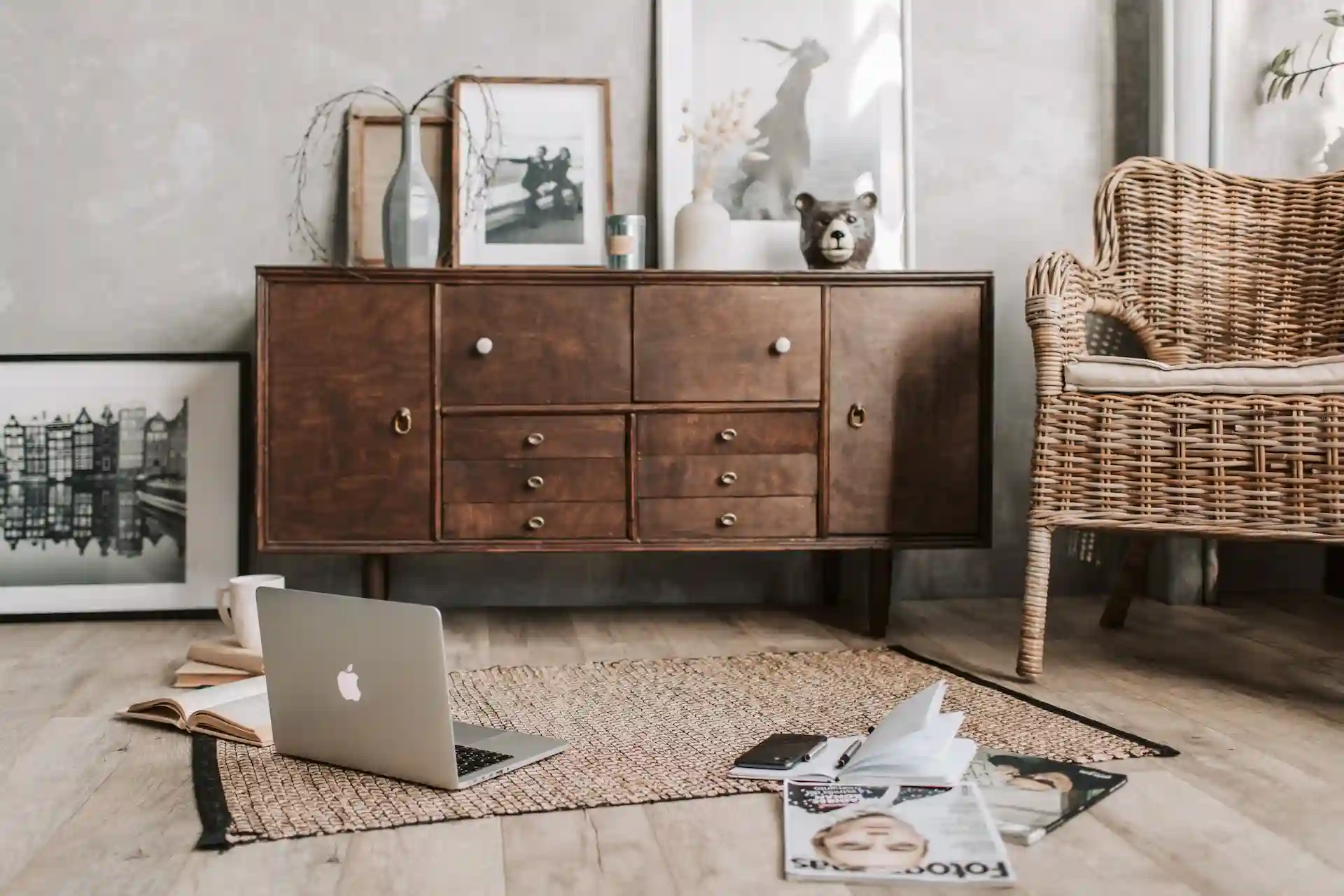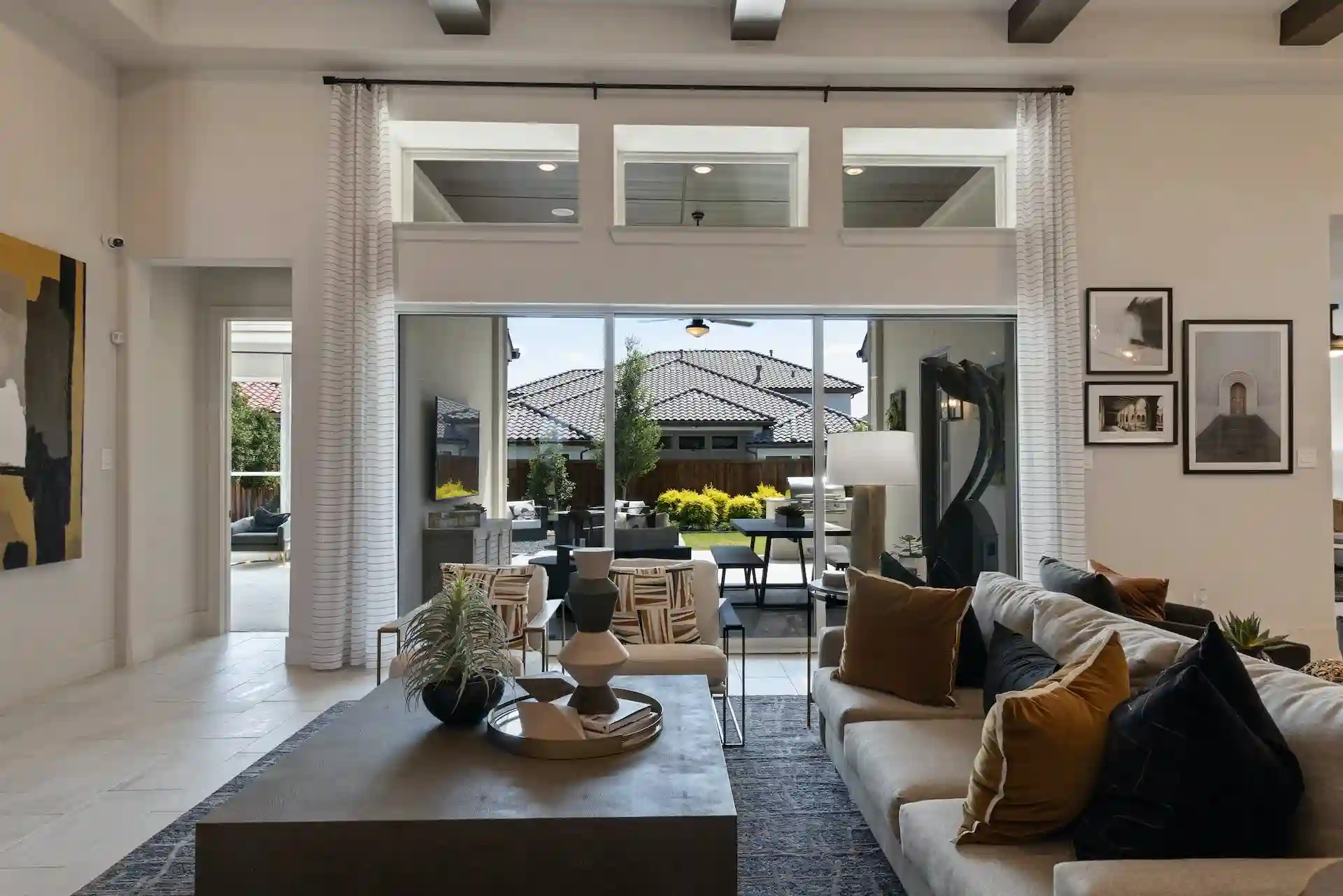Choosing the Right Custom Home Builders in Ontario
Table of Contents

Introduction
Designing a custom home is an exciting endeavor that allows you to tailor every aspect of your living space to suit your unique lifestyle. In this blog, we’ll explore the essential steps to create a personalized haven that seamlessly integrates with your daily routines and future aspirations. Embarking on the journey of designing a custom home goes beyond aesthetic preferences; it’s about crafting a living space that resonates with your lifestyle. Understanding this distinction is crucial as it forms the foundation of a home that truly feels like yours.
Understanding Your Lifestyle
A. Lifestyle Assessment
- Identifying Daily Routines
Understanding your day-to-day activities is pivotal in designing a home that complements your lifestyle. Consider the flow of your mornings, evenings, and everything in between.
- Hobbies and Interests
Your home should not just be a place to reside but also a canvas for your passions. Factor in spaces dedicated to your hobbies, be it a reading nook, an art studio, or a home gym.
B. Future Considerations
- Anticipating Changes
Designing for the future involves envisioning potential lifestyle changes. Whether it’s starting a family or working from home, plan spaces that can adapt to these shifts seamlessly.
- Long-Term Lifestyle Goals
Align your home design with your long-term goals. If sustainability is a priority, incorporate eco-friendly features that contribute to a greener lifestyle.
Budgeting for Your Dream Home
A. Financial Assessment
- Setting Realistic Budgets
Establish a budget that reflects your financial capacity and accommodates the customization aspects. This ensures that your dream home remains financially feasible.
- Accounting for Design Elements
Customization comes with costs. Prioritize design elements that matter most to you, balancing aesthetics with practicality to avoid budget overruns.
B. Allocating Resources
- Prioritizing Features
Identify must-have features and allocate resources accordingly. This ensures that your budget focuses on the elements that contribute most to your lifestyle.
- Cost-Effective Customization
Explore cost-effective ways to achieve your design goals. Clever customization doesn’t always mean breaking the bank; it’s about strategic choices.
Collaborating with Design Professionals
A. Finding the Right Architect
- Researching Portfolios
Selecting an architect with a portfolio aligned with your design aesthetics is crucial. Dive into their previous work to gauge their versatility and expertise.
- Checking References
Personal recommendations and client testimonials provide valuable insights into the architect’s working style and ability to bring visions to life.
B. Communicating Your Vision
- Articulating Preferences
Clearly communicate your design preferences and lifestyle needs. Establishing a collaborative dialogue ensures that the end result aligns with your vision.
- Incorporating Professional Advice
While your input is paramount, don’t shy away from incorporating professional advice. Architects bring a wealth of experience and can suggest innovative solutions.
Incorporating Sustainable Design
A. Environmental Impact
- Energy Efficiency
Consider energy-efficient design elements such as solar panels, energy-efficient appliances, and well-insulated windows to minimize environmental impact.
- Material Choices
Opt for sustainable building materials that not only reduce your carbon footprint but also contribute to a healthier indoor environment.
B. Long-Term Sustainability
- Future-Proofing Your Home
Design with the future in mind. Choose materials and technologies that stand the test of time, reducing the need for frequent renovations.
- Eco-Friendly Technologies
Explore the latest eco-friendly technologies, such as smart thermostats and water-saving fixtures, to enhance the sustainability of your custom home.
Spatial Planning for Functionality
A. Room Layout
- Flow and Accessibility
Optimize room layouts for seamless flow and accessibility. Consider the practical aspects of daily movements to enhance functionality.
- Multi-Functional Spaces
Embrace multi-functional spaces that adapt to different needs. A room that serves as a home office during the day can transform into an entertainment hub at night.
B. Storage Solutions
- Concealed Storage Options
Maximize space efficiency by incorporating concealed storage solutions. This minimizes clutter and maintains a clean, organized living environment.
- Maximizing Space Efficiency
Make the most of every square foot by implementing space-saving strategies. From built-in furniture to clever storage solutions, efficient spatial planning is key.
Choosing Materials and Finishes
A. Aesthetic Preferences
- Cohesive Design Elements
Ensure a cohesive design by selecting materials and finishes that complement each other. A harmonious palette contributes to the overall aesthetic appeal.
- Balancing Trends and Timelessness
While it’s tempting to embrace design trends, balance is crucial. Choose timeless elements that won’t feel outdated as styles evolve.
B. Durability and Maintenance
- High-Quality Materials
Invest in high-quality materials that withstand the test of time. This not only enhances the longevity of your home but also minimizes maintenance costs.
- Easy-to-Maintain Surfaces
Prioritize surfaces that are easy to clean and maintain. This ensures that your custom home remains as pristine as the day it was built.
Embracing Smart Home Technology
A. Integrated Systems
- Home Automation Basics
Familiarize yourself with home automation basics. Integrated systems for lighting, security, and climate control contribute to a futuristic and efficient home.
- Future-Ready Technologies
Choose smart technologies that are adaptable to future advancements. This ensures your home remains technologically relevant in the years to come.
B. Enhancing Security and Efficiency
- Smart Security Features
Implement smart security features such as surveillance cameras and smart locks for enhanced safety. These technologies provide peace of mind.
- Energy Management Systems
Optimize energy consumption through intelligent energy management systems. This not only reduces your ecological footprint but also saves on utility bills.
Personalizing Aesthetic Elements
A. Custom Art and Decor
- Showcasing Personality
Infuse your personality into your home through custom art and decor. These elements not only make the space uniquely yours but also support local artists.
- Supporting Local Artists
Explore local artists and craftsmen for unique pieces. Supporting local talent adds a personal touch to your home while contributing to the community.
B. Lighting as a Design Element
- Ambient, Task, and Accent Lighting
Utilize lighting as a design element. Incorporate ambient, task, and accent lighting to create a dynamic and visually appealing atmosphere.
- Natural Light Optimization
Maximize natural light by strategically placing windows and utilizing reflective surfaces. Natural light not only enhances aesthetics but also contributes to a positive living environment.
Reviewing and Refining the Design
A. Iterative Process
- Regular Design Reviews
Engage in regular design reviews with your architect. This iterative process allows for adjustments and refinements before construction begins.
- Flexibility in Adjustments
Be open to adjustments. Flexibility during the design phase ensures that your home evolves to meet your changing needs and preferences.
B. Finalizing the Blueprint
- Approvals and Permits
Ensure all necessary approvals and permits are secured before construction begins. This avoids delays and ensures a smooth transition from design to construction.
- Preparing for Construction
Once the design is finalized, shift your focus to preparing for construction. Clear communication with the construction team ensures that the blueprint is executed accurately.
Conclusion
In conclusion, designing a custom home that aligns with your lifestyle involves a meticulous process of self-discovery, collaboration with professionals, and thoughtful decision-making. By following these steps and incorporating your unique personality into every aspect of the design, you can create a home that not only meets your immediate needs but also evolves with you over time. Your custom home becomes a true reflection of who you are and how you live, ensuring a living space that brings joy and fulfillment every day.

Design Solutions Tailored for Hamilton Homes
In the ever-evolving landscape of interior design, residential remodeling holds a significant place. Homeowners in Hamilton are constantly seeking ways to revamp their living spaces to align with their evolving

The Role of General Contractors in Niagara Falls Home Renovations
Niagara Falls is not only a renowned tourist destination but also a vibrant community where residents take pride in their homes. Whether you’re considering a complete home renovation or simply

Selecting the Best Custom Home Builders in Niagara Falls
Niagara Falls, a breathtaking natural wonder, draws countless visitors each year to witness its awe-inspiring beauty. However, for those seeking to call this picturesque region home, the process of finding

